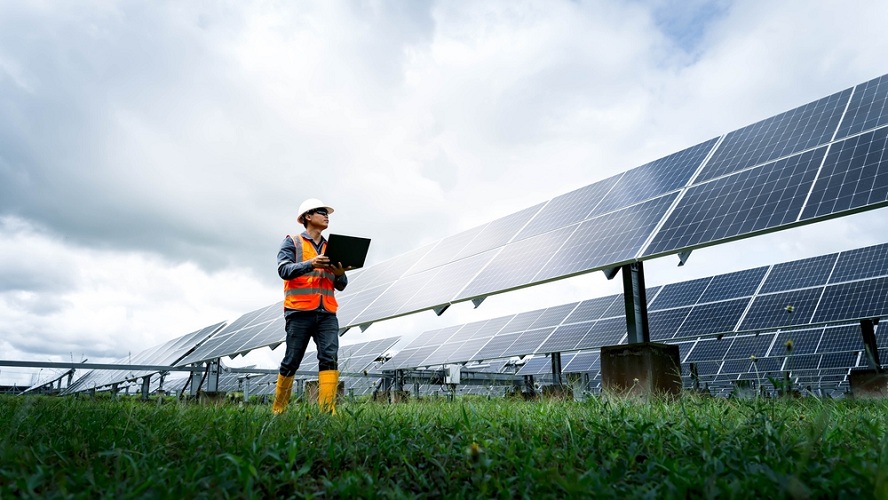Large-scale solar farms are popping up across Portugal as many residents realize they could earn more money by selling solar energy rather than farming or raising livestock. Solar farms are extremely profitable.
Generally, one acre of solar panels generates about 350-megawatt hours (MWh) of electricity annually.
It's difficult to say exactly how much you'd be able to earn from solar power because it depends on the country and state/locality irradiance levels. Still, the typical income is roughly $15,000. Installing one acre of solar power costs you approximately $4,50,000.
The Power Produced by Solar Energy Panels in One Acre
We must first determine the following:
The number of solar power panels you can install on an acre of land
One acre has enough space for about 700 kW of solar power, but make sure that the panels are installed in long lines for easy access during maintenance. So, we use form factors of 0.58.
1 kW of solar panel can usually fit into 100 square feet. As one acre has 43560 square feet in one acre, the potential solar energy can be calculated using the following:
43560/100x1kw= 435.6kW
Solar panels are usually placed in regions with lots of sunlight, such as Nevada. Nevada has an average Peak-Sun-Hours of 2,348.
Solar energy generated by an entire one-acre plot of land in one year equals:
435.6kW x 2348kWh/m2 = 1022mWh
We can achieve our desired power output by allowing for form factor for solar panel spacing.
1022mW x 0.58 = 592.76 megawatt-hours of solar power
Losses That Can Happen in a Solar Power Project
What is the capacity of one acre of solar panels? We don't always get all the energy from a solar panel determined by the formula. Solar panels are usually prone to losses, some of which we can control and some we cannot. This is one of the main drawbacks of solar systems.1
We must subtract the average loss from the desired output before finding a realistic figure for the actual output.
592.76 mWh – (592 x23%) = 592.76 – 136 = 351.3mWh
Make Money From Solar Energy Farms

There are two main ways for a landowner to make money from solar panels:
Profits Generated by Solar Farms on A One-Acre Land
According to the above calculations, solar panels on one acre of land could generate approximately 351.3 megawatt hours (MWh) of electricity annually. So how much money would this be worth?
Compared to a home solar system, this is an enormous quantity of electricity, and it doesn't get fed back into the grid as it does for a residential solar system. It's important to note that solar power plant outputs are sold by mWh prices, which means revenue from selling power varies.
On average, the cost per kWh for a solar power plant is around $27/mWh, so for 531M, it would be worth $14337.
Revenues Generated by Solar Systems
If you own land, leasing it to a solar power plant operator may be an easy way to generate income. However, there is a variation in earnings depending on several factors:
An owner of land can expect to receive approximately $2,300 for one acre of land he leases to solar farm owners. It depends on the evaluation of solar energy generation in that region. The revenues from solar projects are favorable as compared to other farm businesses.
Cost of a Solar Project on a One-Acre Land

Costs for installing solar farms/kWh are much lower than residential solar panels, which cost around $3.00/kWh depending on the state you live.
The cost of solar farms lies anywhere from $1.00 to $1.30 per kilowatt hour. We'll take an average of $1.1 per kW, and we'll say the solar energy to be generated on one acre is 435 kW:
435kW x $1.1/kW = $478,500
These costs can be lowered by applying government and state subsidies through grants or low-interest rate loan schemes. Installing solar power farms without financial incentives would be too expensive for most farmers and landowners.
Earnings From a One-Acre Solar Energy Farm
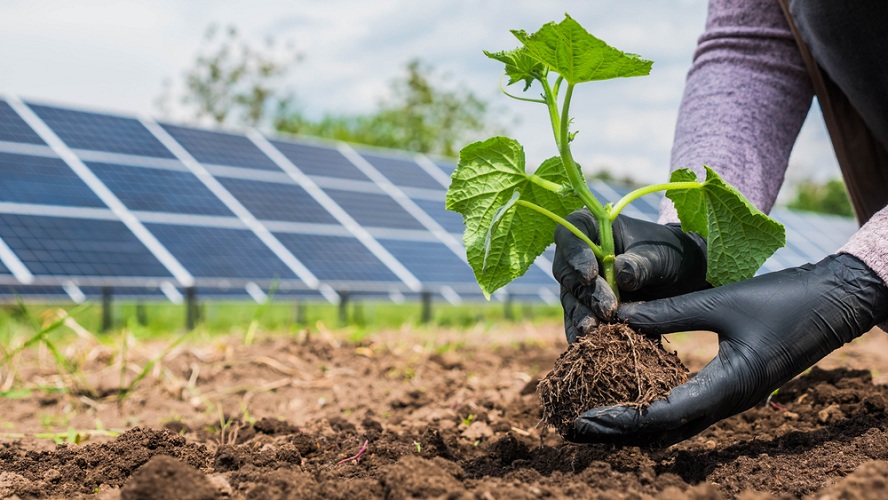
For every acre of land used for a solar power plant, the annual income from electricity generated by the 435kw solar plant is between $14,000 and $16,000. The actual figures may vary depending on the amount of sunlight received.
One-Megawatt Solar Farming Project Earnings
Solar farms are generally rated by their capacity in MW (megawatts), so they generate income ranging between $320000 to $40000. A solar farm has an average return of 10% to 20%.
Land Requisites for a One Acre Solar Farming Project
Any land size from one acre up will do, though it's important to get an accurate cost analysis of installation versus return on investment (ROI). There are definite benefits of large-scale solar systems.
If you invest in land, look for something bigger than 10 acres.
Monthly Revenues Generated by Solar Projects
A solar farm can generate anywhere from $1,200 to $1,300 for each acre of land. So if you're looking at a two-acre solar farm, you could expect to earn between $2,500 and $3,000 per year.
Is it Beneficial to Invest in Solar Farming Projects?
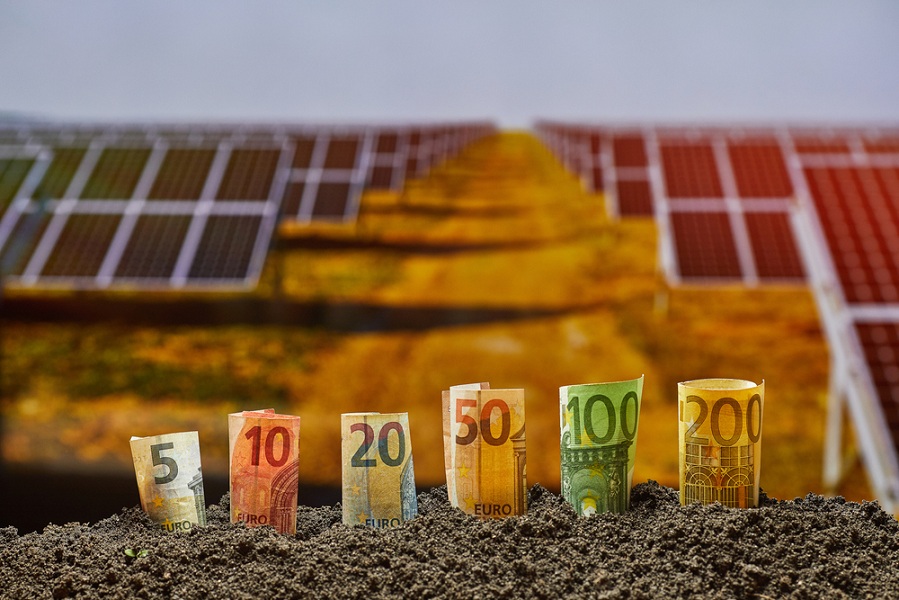
Over the last decade, there has been an increasing number of agricultural lands used for solar farms, indicating that they're paying a good amount. It's very important for us to reduce our reliance on non-renewable resources.
Reasons for Landowners to Opt for Solar Farms Rather than agriculture
There are several factors behind this trend:
Return on Investment from Solar Farms
A solar farm is expensive, so you need to measure its return on investment. This leads to the question: What is the average annual return on investment for solar farms?
Return on Solar Power Farms
It isn't easy to theorize because there are so many factors involved. Still, as a general guideline, ROI for a solar power plant ranges from 12 percent to 15 percent, and payback time is usually between eight to twelve years.
Earnings Generated by a Ten-Acre Solar Energy Project

There are two ways to profit from a 10-acre solar project:
- 1Leasing out the land to a solar energy company
- 2Owning and running your solar power farm
Lease Rates for Solar Energy Farms
Rates for giving land on lease for solar power projects range from $500 to $2,300 an acre annually. These prices are higher in states like Texas, California, and Nevada.
If we take in a solar lease rate of $2,300 per acre, a 10-acre piece of property will generate an annual income of $23,000.
Who Can Set up a Solar Power Farm?
Any person who the government has granted official registration can start his/her solar farm. One thing to remember about setting up solar power plants is they're usually run as a business, which means that most of the usual startup expenses, such as licenses, approvals, insurance, etc., apply.
Solar farms are big projects which require specialized equipment and expertise. Reputable companies usually carry them out. If you want to install a solar panel system for yourself, you can do so in about six months.
However, if you need to get permission from the local government, it could be much longer than that. You should start planning for this project at least 18 months before you want to begin working on it.
To begin with, get in touch with a reputable solar installation company that can help get the permissions and deal with all aspects of setting up a new solar panel installation, including providing advice on grants and loans in your region.
Solar farms are a good alternative to spreading out the costs and ensuring everyone benefits from the output.
Solar Maintenance Prices
Figures given by industry experts suggest that running costs range from $15–$25/kW annually. If you were to generate an average of $20 per kilowatt hour of electricity from a solar power plant, the total price would be $100000.
Acres Required for A Solar Power Farm
Installation for solar energy farms tends to be most beneficial when scaled up, and the initial investment tends to decrease as the size increases. You should focus on installing no less than one megawatt of solar power.
Solar systems require an average of 4 square miles (10 km2) of solar panel space to produce 1000 kWh per month. The following table shows the yearly solar energy produced by various solar power systems in different regions across the U.S.
Solar Power Farm Installation Prices
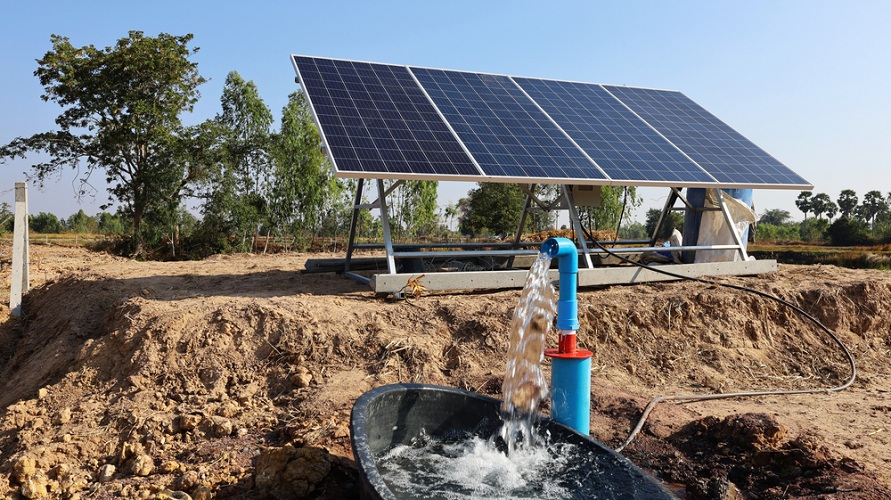
Solar installation prices typically range from $0.80 to $1.36 per panel installed. Solar farms are generally less expensive than installing solar systems at homes, which are well below $3 per unit.
We will use $1 per watt as an average cost for electricity. For a solar farm with an output power of 1MW, the total investment costs would be approximately $1 million.
ROI on Solar Farming Projects
Setting up an entire 1MW solar farm costs approximately $1 million.
If single-axle solar trackers need to be installed to maximize the output, add an extra 15%-20%. Due to its poor return on investment ROI, it's rare for a commercial solar farm to use dual-axis tracking systems.
It will cost $1.2 Million for solar farm installation, including single-axis sun tracking.
$5,000 worth of associated solar permits and licenses.
If you hook up to a power source, you'll need between $3,000 and $10,000.
Solar string management software costs $3,000.
Occurring maintenance costs $2000 per year.
Frequently Asked Questions
How much will I need to invest in a solar farming project on one acre of land?
When estimating the costs of a 1-acre solar farm, there are lots of different factors that need to be taken into consideration. It's important to consider environmental and engineering factors when developing a strategy.
There's also the concept of economies of scale, meaning that the cost of generating power from a large solar farm decreases as the size increases.
For a large-scale solar power plant, one acre of solar panels should cost anywhere from $350,000 to $500,000, depending on where you live. However, solar power costs are decreasing all the time.
What amount of profits do solar farms yield?
A solar farm can yield profits over a wide range of prices from $2000 to $6000 per acre, depending upon the analysis of every property.
To be profitable, solar farms require flat land with no shade and a high irradiation level in the region where they're located.
Due to economies of scale, bigger farms generate greater profits because they can acquire more land at less cost. If you want to make bigger profits from your land, you need to buy more land. But if you're willing to spend several million dollars, you could get even bigger returns by buying a larger piece of land.
Is it wise to invest in a solar power farm?
You should consider investing in solar power if you want to save some money. However, it would be best to remember that the cost per unit goes down with the increasing number of acres of land used for production.
The return received on investment depends largely on where you put the panels. Most solar farms are located in regions with high irradiation levels and low cloud cover. Clouds obstruct solar radiation and thus significantly lower power output.
What are the solar farm payments to land owners?
Payments for solar farms vary depending on the land they're built on and where they're located. It’s best to start at about $500 per acre, but this can be substantially more.
Synopsis:
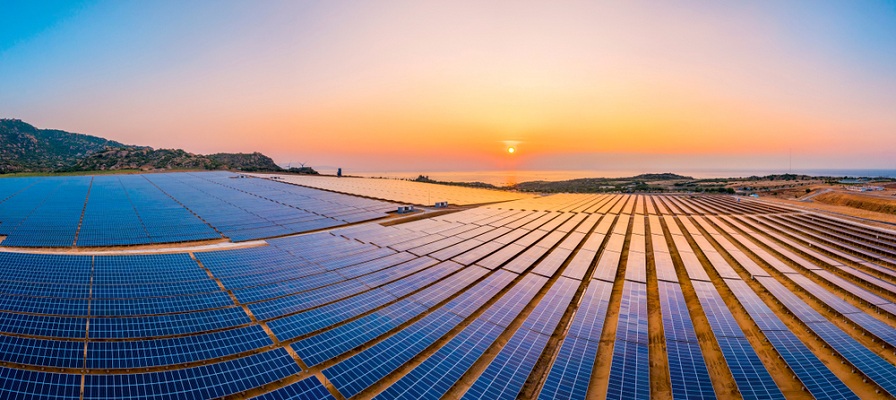
Money Earned by Landowners from a Solar Farming Project on One Acre
Large-sized solar arrays are usually made up of large panels, and their efficiencies are among the main factors affecting profits. When property owners think of a solar development project, they must carefully consider the big initial cost, which is an important consideration when deciding whether to invest in that land use.
Solar energy plants are far superior to wind and fossil fuel plants because they produce no greenhouse gases. Solar power systems are cheap to maintain because they're a passive energy source.
Long-time contracts with the local electricity provider help solar farm installers to predict their profit margins for decades into the future, allowing them to maximize the value of their land.
Solar energy has been proven to be a reliable source of renewable energy. Therefore, the federal government gives tax credits for small-scale and large-scale solar power plants. It's important to negotiate the best solar leasing rate and lock it into a contractually binding agreement.
Solar energy has grown rapidly in many US states, including North Carolina, where new solar projects connect existing electricity networks. Green energy is the way forward and can be used anywhere, from one acre up. Solar projects are now becoming an integral part of the landscape because they're probably the cleanest energy source out of all the options.
Fossil fuels have their own set of advantages and disadvantages. However, they also carry an ecological burden that non-fossil fuel sources don't have. Solar power has never been cheaper than it is today. It's time to start investing in solar energy now!
Rural and small towns can benefit from using their common open spaces for solar farming purposes. A well-thought-out business plan that incorporates tax incentives and a long-term agreement with a local utility ensures profitability for the benefit of the entire town.

